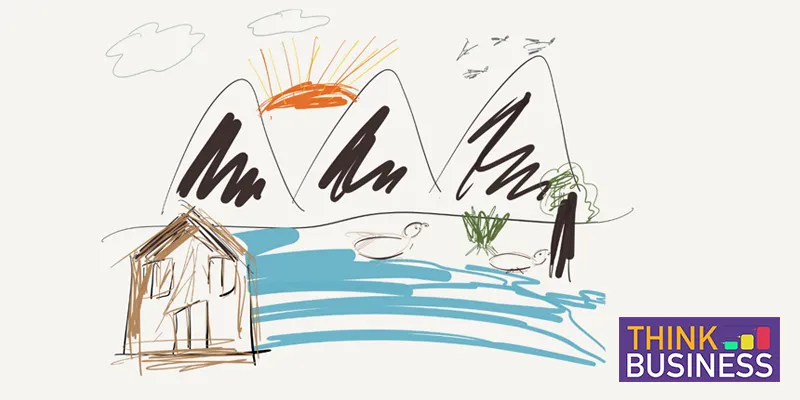Innovation: is it for everyone?
During my strategy workshops with corporate executives, I ask participants if they consider themselves to be creative. The response is typically muted; only a handful raise their hands confidently. Then I ask them to draw a picture using the theme of nature. I show them my drawing on the projector screen and we compare notes. It appears almost everyone has the drawn the same picture.

All through our growing years, almost from birth, we are told to emulate and conform. Every kid attends “hobby classes” that invariably include one or more of abacus, skating, karate, storytelling and zumba, under the watchful eye of doting parents. Study guides track exam and scoring patterns, and prepare them for various tests. Even art is reduced to simple templates and techniques.
The situation does not change much during college years, which are no more than factories mass producing graduates. The education culminates in placement ’drives’, ‘fairs’ or ‘processes’ that use methods of elimination and competition for job recruitment. After a few bright days of induction honeymoon, most recruits become cogs in the giant corporate wheel.
And suddenly, some senior VP will ask, “Why don’t our people think out of the box? Why don’t they innovate?”
Almost every organisation uses the word “innovation” in its vision, mission, values or strategy statement. Many confuse innovation with path-breaking discovery. But, innovation is much simpler and more pervasive than that. It is essentially about solving problems in a way that hasn't been tried before. Therefore, those with an innovation mindset should exhibit three personal characteristics:
Focus on solution: Finding a solution to the problem (which could be both challenges and opportunities) is more important than the analysis performed or process followed. An innovator is more likely to bend (established) rules than anyone else. Past knowledge or experience is used to gain insights, but it is a keen understanding of future trends, customer expectations and economic models that drives the solution creation.
Creativity: We are looking for solutions that break away from the "that's how it's done" constraint. An innovator does not have to invent, but should surely be able to connect seemingly unrelated dots. An innovator sees possibilities in the mundane because nothing can be ruled out. Connecting dots requires that there are dots available to connect.Therefore, innovators need to have a highly exploratory mind; perhaps travelling to new locations, reading on topics that do not concern them, and encouraging diversity of their social networks.
Confidence: The test for innovators is when they have to stand up to the nay-sayers and convince their stakeholders about a solution that hasn't been tried before. This requires a very high degree of confidence as well as the capability to persuade, through formal and informal communication. But the biggest test is to convince oneself to be ready to make mistakes, fail and try again. The biggest resistance to innovation comes from our inability to embrace failure.
The good news is that these three characteristics can be developed and strengthened by everyone. Organisations have to do their bit too, to create an environment that encourages breaking the rules and having open conversations. Imagine the competitive advantage that they could create if everyone was solving problems innovatively every day.
Think Business is a weekly column powered by GlobalGyan Academy, that will offer in depth views and analysis on business strategy, finance, leadership, innovation, culture and values.
(Disclaimer: The views and opinions expressed in this article are those of the author and do not necessarily reflect the views of YourStory.)







